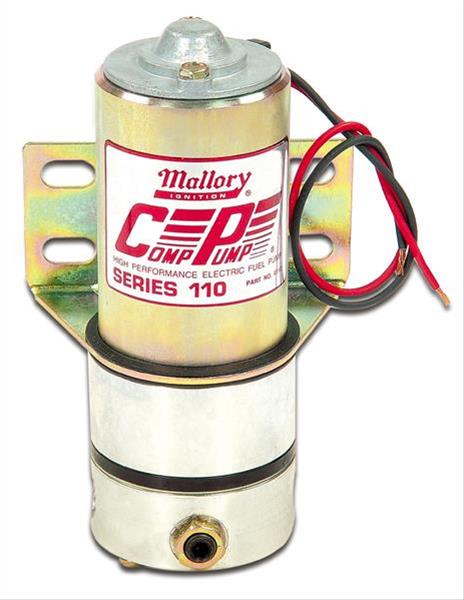Johan
Supporter
Thinking of what Mike said, couple of years ago I had a problem when decelerating with closed throttle (engine braking) and when I pushed the clutch the engine sometime died. Ended up re-mapping with Alpa-N in the idle area. A while later I had the intake off for another reason and installed new gaskets and the problem was gone. So most likely intake leak.Whew…. OK. The fuel pumps, swirl pot and filters are effectively insulated from heat. Vapor lock is usually a situation where the fuel is being drawn over a long distance ie rear tank~front engine/ fuel pump. It usually doesn’t happen with elec pumps located at or in the fuel tank. This is a loop style system where the regulator returns to the swirl pot. Mike I’m at the point where I need to retorque everything. You are correct the LS is susceptible to intake leaks. In my experience that shouldn’t affect the driveability under loads. I have some more things to check as well. Johan that is basically the system I’m using , just also using a low pressure pump to fill the swirl pot. I’m suspicious the low pressure pump might be not supplying enough to the swirl pot. Back to the drawing board. Hey Neil because this system is a looped system the high pressure pump over provides fuel which normally returns the unused amount to the swirl pot. As far as stressing the high pressure pump under a load wouldn’t the pump be effectively under less stress because it supplies the same volume but less is restricted by the regulator as more is used by the engine. What effect on its load/ draw be?




